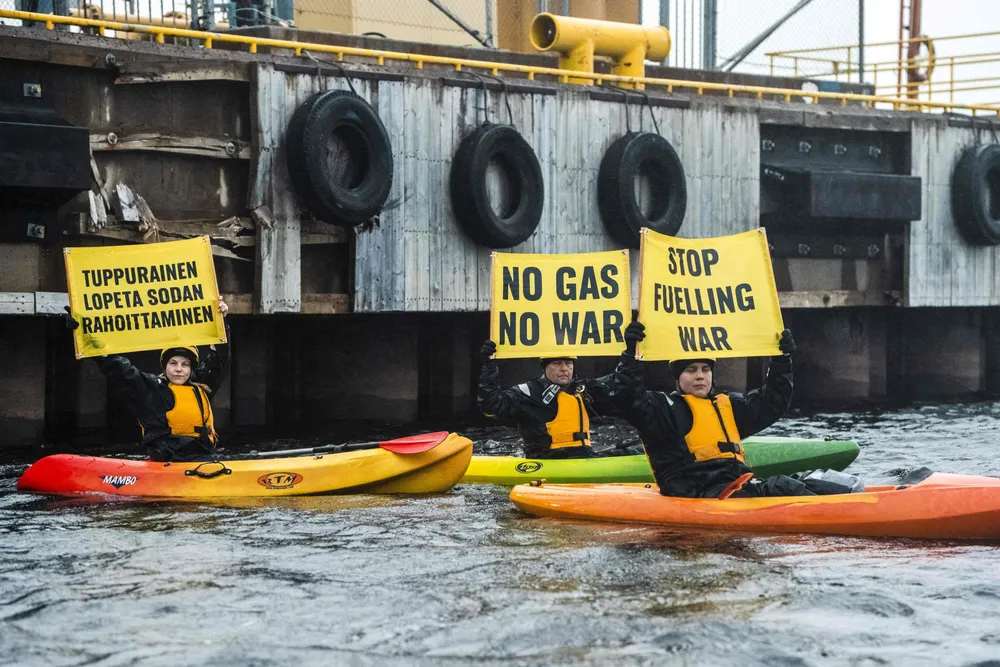Greenpeace protest delays Finland’s Russian LNG imports
Group aimed to use protest at Finnish port of Tornio to highlight Finland’s use of Russian LNG to help it diversify from Russian gas pipeline supplies

Group aimed to use protest at Finnish port of Tornio to highlight Finland’s use of Russian LNG to help it diversify from Russian gas pipeline supplies
